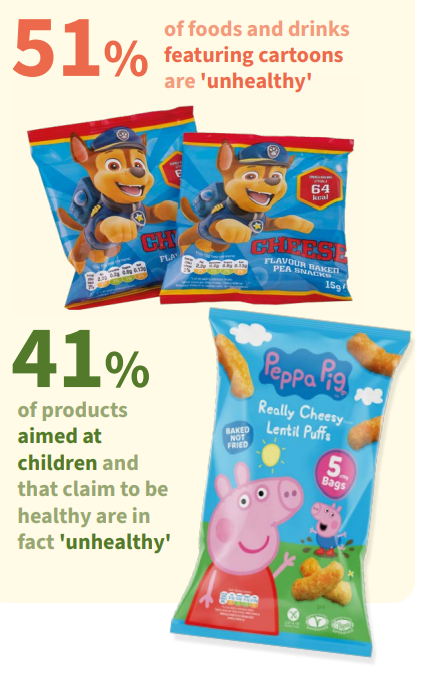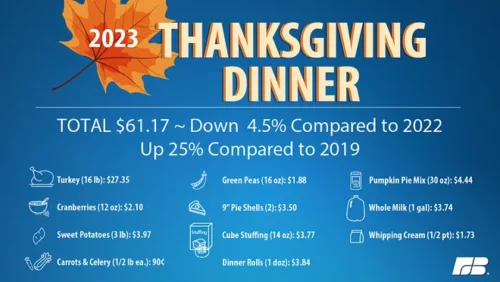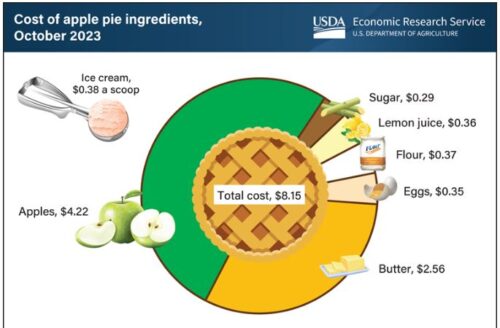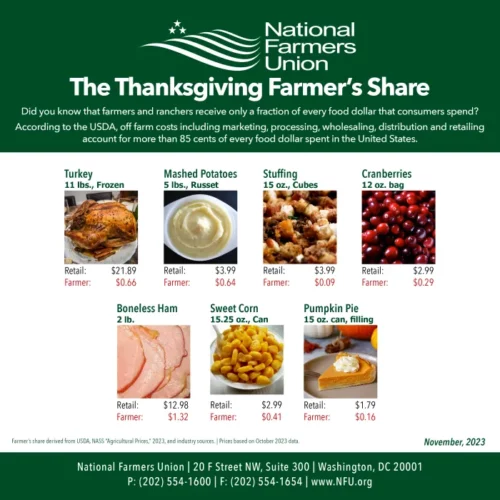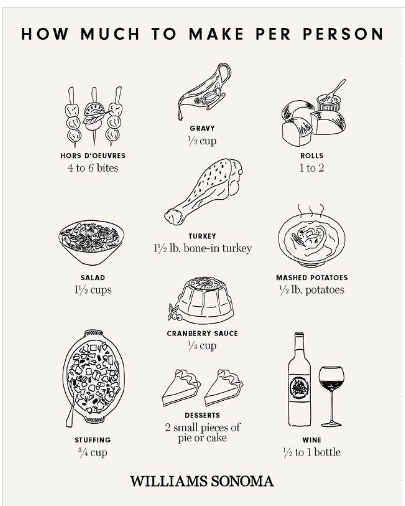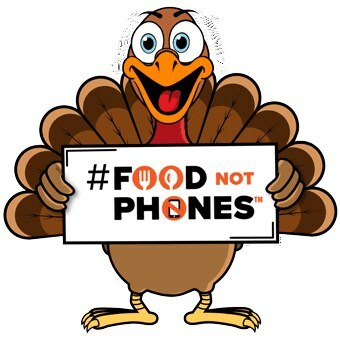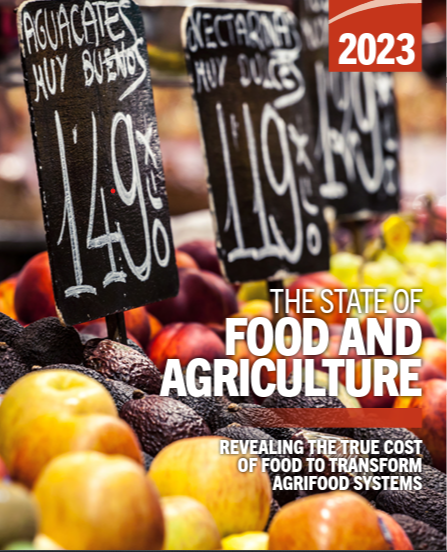RIP Brominated Vegetable Oil (BVO), maybe for good this time?
The FDA says it is proposing to revoke the regulation authorizing the use of brominated vegetable oil (BVO) in food. In transslation from FDA-speak, the agendy now intends to ban BVO.
This is the second time I have written an RIP for BVO. The first was in 2013—ten years ago!— when PepsiCo said it no longer use BVO in Gatorade in response to a petition from a teenage influencer.
BVO, a flame retardent, is made by adding bromine to vegetable oil. Studies for years have found BVO to cause neurological and other health problems. The FDA says:
In our 2014 review, we identified four unresolved safety questions with respect to the use of BVO in food: the potential for thyroid toxicity, bioaccumulation, developmental neurotoxicity, and reproductive toxicity. We determined that the safety data and information available did not provide evidence of a health threat resulting from the limited permitted use of BVO as a flavoring stabilizer in fruit-flavored beverages,…We concluded that high-quality data from contemporary studies, performed under current guideline standards, were needed to address the knowledge gaps regarding the safety of BVO …. The rodent safety studies…confirmed previous reports that dietary exposure to BVO is toxic to the thyroid and results in bioaccumulation of lipid-bound bromine in the body at doses relevant to human exposure.
OK, but this FDA action has an even longer history, and shockingly so.
In 1970, the FDA ruled that BVO could no longer be considered “Generally Recognized as Safe” (GRAS), but took no further action saying removing it was not much of a priority.
The UK banned it isoon after; the European Union got rid of it in 2008. But the FDA did not.
In summary, the FDA has been worried about BVO since 1970 but is only just now getting around to banning it.
Why? I can only speculate.
- The soft drink industry is losing power now that people view it as producing unhealthy products.
- California recently took the lead and banned BVO along with three other questionably safe additives.
- Or maybe it just didn’t judge the evidence for harm as adequate.
Better now than never.
Resources
- Constituent Update: FDA Proposes Rule to Revoke Regulation Allowing the Use of Brominated Vegetable Oil in Food
- FDA Voices: How FDA’s New Approach to Reviewing Chemicals Added to Food Will Strengthen Food Safety
- Constituent Update: FDA Update on Post-market Assessment of Certain Food Ingredients
- Lists of Select Chemicals in the Food Supply Under FDA Review
- Food Chemical Safety
- The full list of products containing BVO

